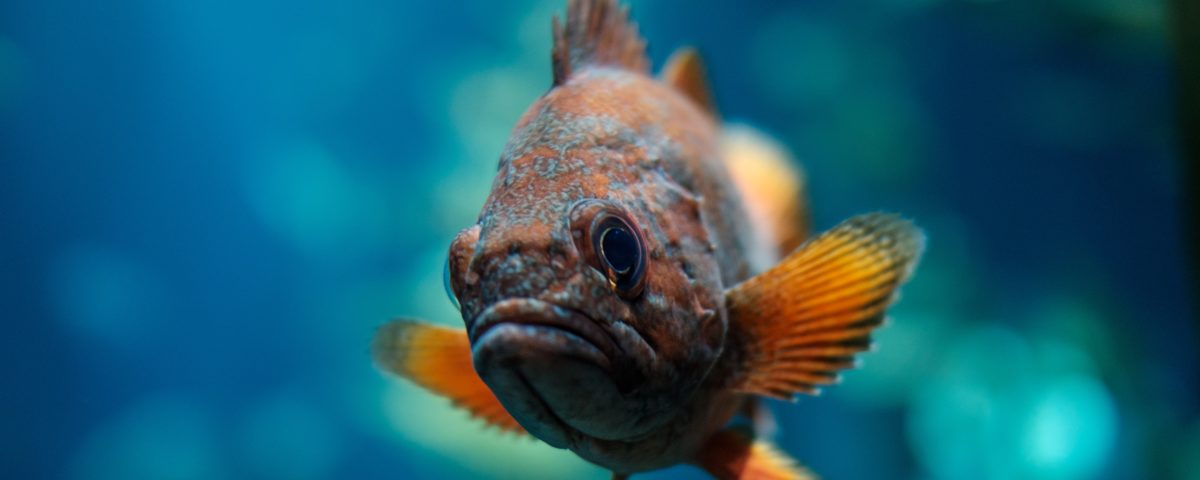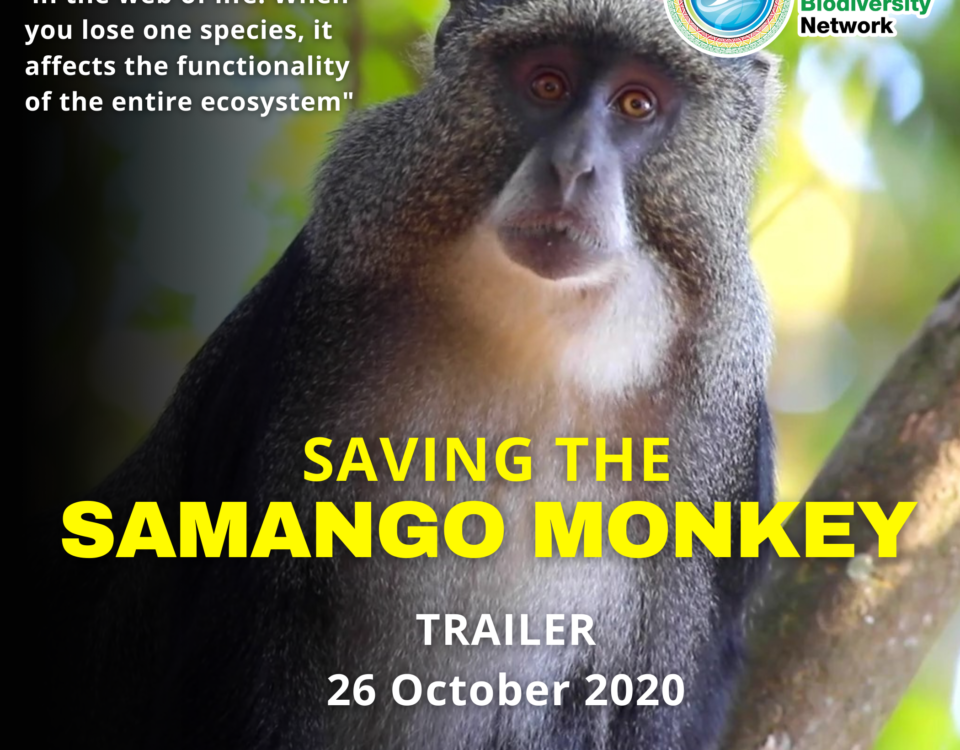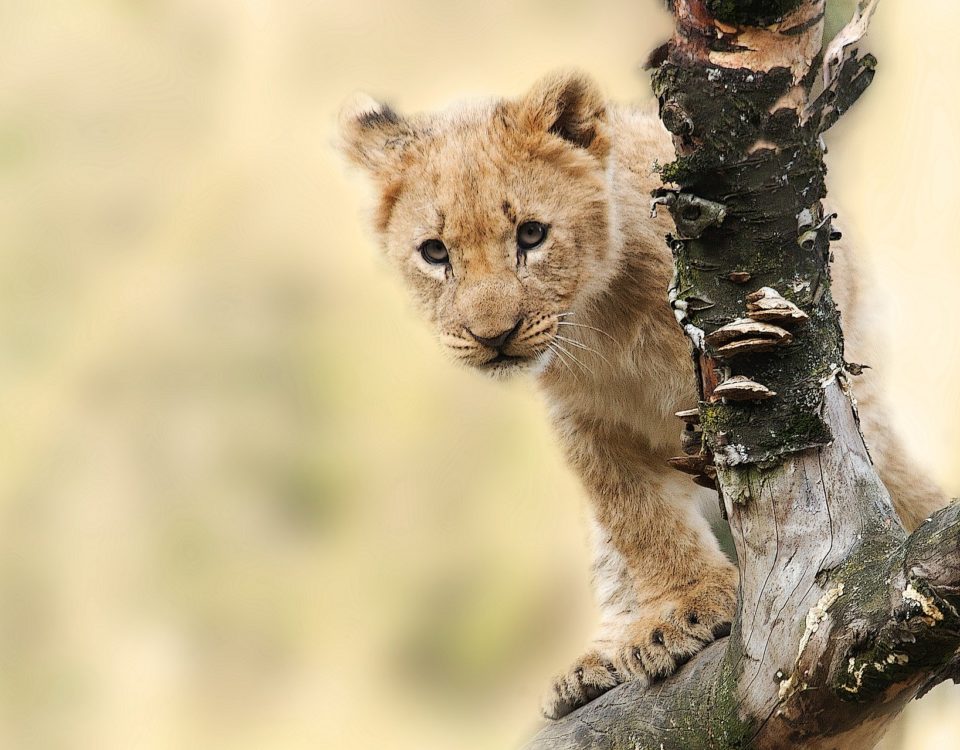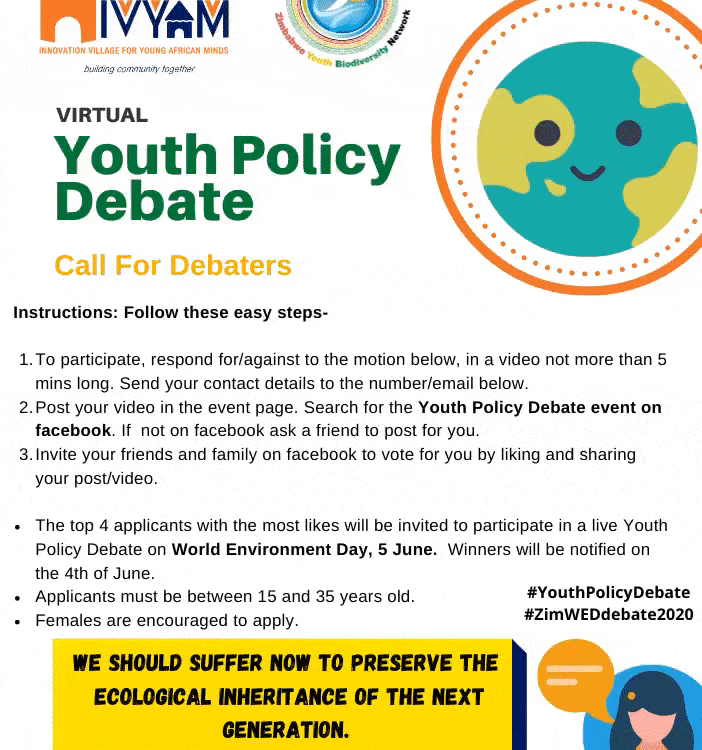This post originally appeared on the authors blog Kufunga Out Loud
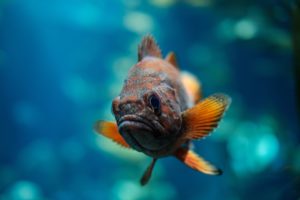
Opinion Piece:
I remember my first real interaction with life below water like it was yesterday.
I was living in a student city known as Yogyakarta, in Indonesia whilst working towards completing my law degree. As is typical of exchange students, I spontaneously made the decision to use my weekend to travel and see more of Indonesia.
On a rainy Thursday evening after lectures, I began my backpacking excursion to Ujung Kolon National Park with the goal of seeing the Javan Rhino (which is the rarest of the rhino species and found only in Indonesia).
I traveled from Yogyakarta to Jakarta on a budget aircraft and made my way through the hectic traffic and cloudy fog that is synonymous with the Capital city of Indonesia. A few hours later I hopped on to a minivan that would take myself and a group of local travelers from Jakarta to the most Western point of Java.
After roughly six hours on the minivan and an extra three hours on a small boat, we finally reached our first stop.
It was magical.
Our group stopped on a beautiful island covered in white sand and surrounded by a number of wild pigs that were foraging along the shore and snorting gleefully away as I roamed the island barefoot and eager to finally relax and explore. After eating some fresh fish bought from local fishermen and sipping on ripe coconut picked before my eyes, we were given instructions that it was time to go snorkeling.
This was my first real interaction with life below water.
I remember opening my mouth to scream and taking in gulps of water as tears pricked my eyes. I had no idea what life below water looked like and could not believe what I was seeing. There was so much life buzzing and thriving in the water it seemed. From the uniquely shaped school of peanut-sized colorful fish to seahorses and corals. It was all such a trip that I will never forget and forever cherish.
Growing up in Zimbabwe, which is land-locked, meant that swimming or exploring natural water sources were far from encouraged due to the risks associated with ‘life below water’ such as crocodiles and hippos in addition to the folklore about mythical or mysterious creatures such as mermaids or the nyami-nyami.
On a personal level, this meant that I had very little appreciation of life below water, until my first snorkeling experience and getting a glimpse of the buzzing activity that was constantly in motion underwater.
However, the more time I spent in the water, the more aware I became of the pollution in and surrounding the water.
The random plastic bag from ‘Indomart’ wrapped around a large coral and causing the fish to change direction. Or the plastic bottle that tapped my leg as I was floating and snorkeling away, ready to be mistaken for food and consumed by life below water.
Although I had never taken up or prescribed to littering, I became aware that I was just as bad. I was subconsciously always ready and conditioned to get a plastic bag or plastic water bottle at will without giving any thought to where they would end up.
This experience of snorkeling in Indonesia became a starting point for what was soon to become a lifestyle and a strong stance against the excessive and unnecessary use of plastic. The lifestyle is a journey and on occasion, I have fallen prey to poor packaging and the human flaw of excessive desire for things that we don’t need.
However, these are some of the pointers that I have learned can make a significant contribution towards conserving and protecting life below water, for people and the planet:
-
Do not litter
-
Recycle or Upcycle Plastic
-
Carry a cloth grocery bag or satchel to avoid using plastic bags (it’s also cheaper)
-
Refrain from buying beauty/hygiene products with parabens
-
Buy fish that is sourced sustainably
-
Cut out or refrain from eating salmon as they are endangered
I’m sure there is more to be said as to how we can try to contribute towards protecting life below the water. However, I hope that the few pointers that I identified above can stand as an inspiration and starting point or guide to the average person trying to live in a more sustainable manner, that is in line with protecting life below water.
This year’s UN World Wildlife Day on the 3rd of March had ‘Life below Water: for People and Planet’ as the theme which stood in line with goal 14 of UN Sustainable Development Goals. Although this is a progressive step in the right direction, I would be interested to hear how we can make this global issue stand out more and relate to life below water in landlocked countries such as Zimbabwe.
Water-related issues and life below water affects us all and has an undeniable link to environmental pollution which I hope will be explored in the larger context in the near future.
My aspiration is to live in a world where different societies and people have an appreciation for life below water and actively take action to conserve and protect it. However, as in my case, a big factor that needs to be addressed is awareness, exposure and making the issue relatable for all, regardless of whether they live in a landlocked country or have access to live below water solely in the context of oceans and seas.



